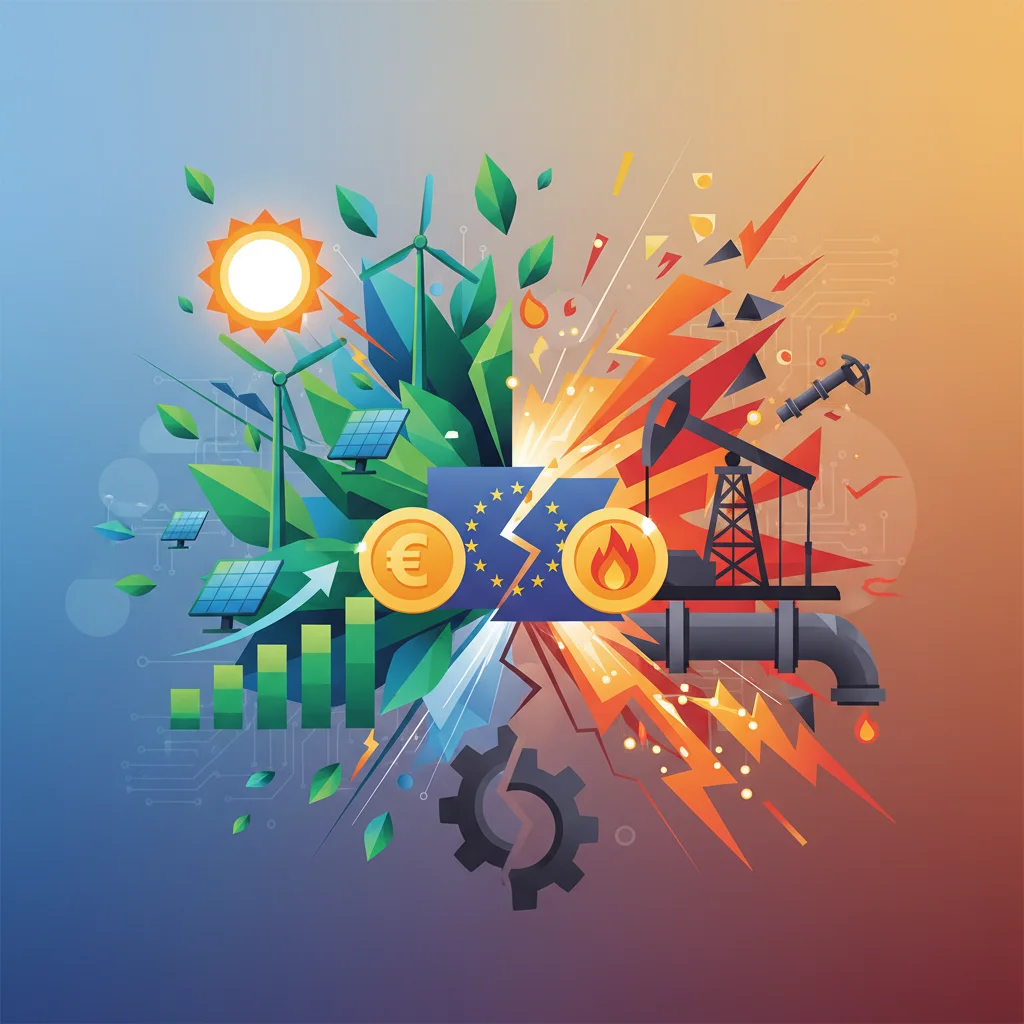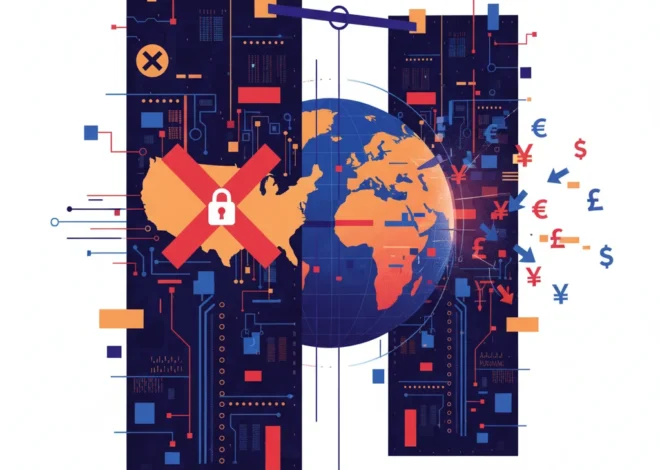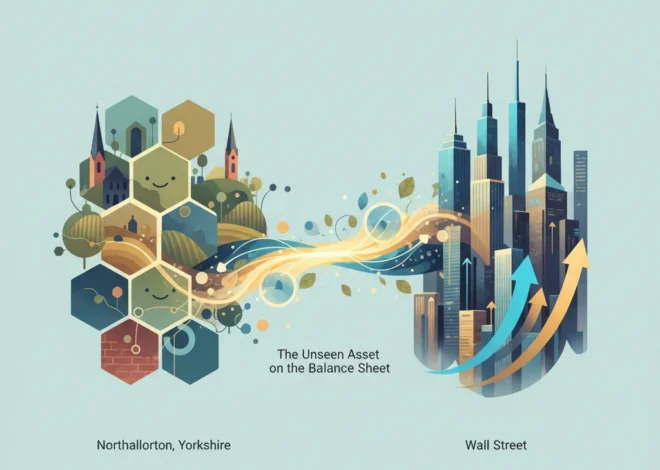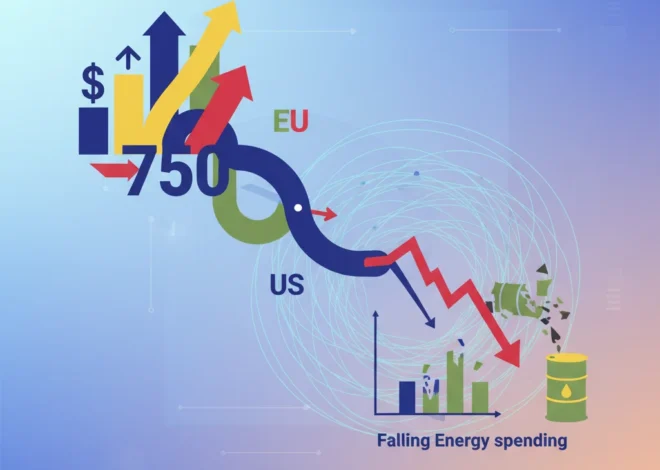
The Price of Green: Are EU Climate Rules on a Collision Course with Energy Security?
A New Fault Line in Europe’s Energy Landscape
In the complex world of global finance and economics, few variables are as critical as energy. It is the lifeblood of industry, the foundation of modern banking, and a key driver of the stock market. For Europe, the stability of its energy supply has become a paramount concern, particularly after the seismic shifts caused by the war in Ukraine. Now, a new challenge is emerging—not from geopolitical conflict, but from the heart of the European Union’s own ambitious climate agenda. A set of stringent regulations targeting methane emissions, set to take effect in 2027, has ignited a fierce debate, pitting environmental goals against the stark reality of energy security.
An influential industry group, Eurogas, has sounded the alarm, warning that these new rules could have a severe and unintended consequence: forcing crucial cargoes of liquefied natural gas (LNG) to be diverted away from the continent. As reported by the Financial Times, the regulations are designed to impose strict methane emissions limits on all gas imported into the EU. While noble in its intent, the industry argues this policy could make Europe a less attractive market for global suppliers, who may find it easier and more profitable to sell their product to buyers in Asia and elsewhere with less stringent environmental hurdles. This sets the stage for a high-stakes economic confrontation with profound implications for investors, businesses, and the entire European economy.
Understanding the Regulation: Why Methane Matters
To grasp the gravity of the situation, it’s essential to understand the target of these regulations: methane. While carbon dioxide is the most famous greenhouse gas, methane is its more potent, albeit shorter-lived, cousin. According to the UN Environment Programme, methane has more than 80 times the warming power of CO2 over a 20-year period. The oil and gas industry is a significant source of these emissions, which can leak from pipelines, wells, and processing facilities—a phenomenon known as “fugitive emissions.”
The EU’s regulation, part of its broader “Green Deal” initiative, aims to tackle this head-on. From 2027, it will require all gas producers exporting to the EU to meet specific methane intensity limits. This means they must not only monitor and report their emissions but actively work to reduce them throughout their entire supply chain. The goal is to leverage the EU’s massive market power to drive global change, forcing producers in the US, Qatar, and beyond to clean up their operations if they want to access Europe’s lucrative market. The policy is a classic example of using economic leverage to achieve environmental objectives, a strategy with a history of both success and significant market disruption.
The Core Conflict: Climate Ambition vs. Economic Reality
The crux of the industry’s warning lies in basic economics and the principles of global trading. LNG is a fungible commodity traded on a global market. A tanker can change its destination mid-voyage based on pricing and demand. If supplying the EU becomes more costly or administratively burdensome due to the new methane rules, suppliers will naturally look for easier markets. Nations in Asia, for instance, are major consumers of LNG but currently lack comparable emissions standards.
Didier Holleaux, president of Eurogas, articulated this risk clearly, stating that the policy could lead to a situation where “the EU will shoot itself in the foot” (source). The fear is a repeat of the 2022 energy crisis, where Europe had to pay a significant premium to outbid Asian buyers for limited LNG supplies. A self-inflicted supply crunch would inevitably lead to higher energy prices, fueling inflation, hurting industrial competitiveness, and potentially creating social unrest. For finance professionals and investors, this introduces a new layer of regulatory risk into the European energy market, one that could impact everything from utility stocks to the valuation of energy-intensive industries.
To better understand the competing interests at play, it’s helpful to look at the key stakeholders and their primary motivations.
| Stakeholder | Primary Objective | Key Concern |
|---|---|---|
| European Commission | Meet legally binding 2030 climate targets and demonstrate global climate leadership. | That voluntary industry action is insufficient to curb potent methane emissions. |
| Gas Suppliers (e.g., Eurogas) | Ensure a stable, predictable, and profitable market for natural gas in Europe. | Loss of supply contracts and market share to regions with less stringent regulations. |
| Investors & Finance Sector | Manage risk and identify opportunities in the energy transition. | Increased price volatility, stranded asset risk, and uncertainty in energy-related investments. |
| Environmental Groups | Rapidly reduce greenhouse gas emissions to mitigate the worst impacts of climate change. | That the regulation will be weakened or delayed, undermining climate goals. |
Investment and Market Implications of a Shifting Energy Map
For those involved in finance, investing, and the broader economy, the implications of this regulatory shift are far-reaching. The uncertainty alone is enough to affect market sentiment. Here are some key areas to watch:
- Commodity Trading and Pricing: The EU’s policy could bifurcate the global LNG market, creating a “premium” green gas market for Europe and a standard market for the rest of the world. This would introduce new complexities for commodity trading desks and could lead to sustained price differentials between regions. The volatility in natural gas futures, a key indicator for the stock market, could increase significantly.
- Energy Sector Investments: The regulation creates both winners and losers. Gas producers who have already invested in methane abatement technology (many in the US are ahead of the curve due to domestic regulations) could gain a competitive advantage. Conversely, companies with higher emissions profiles may see their access to the European market curtailed, impacting their revenue and stock performance. This is a critical factor for ESG (Environmental, Social, and Governance) investing frameworks.
- Infrastructure and Financial Technology: There will be a growing demand for technologies that can accurately monitor, report, and verify (MRV) methane emissions across the globe. This opens up opportunities for companies specializing in satellite monitoring, sensor technology, and data analytics. Furthermore, there’s a potential role for financial technology, and even blockchain, to create immutable, transparent ledgers of emissions data for each cargo, building a trusted system for a new era of environmentally-conscious commodity trading.
The International Energy Agency (IEA) has emphasized that tackling methane emissions is one of the most cost-effective ways to slow global warming (source). However, the EU’s unilateral approach, while ambitious, risks creating an uneven playing field that could disrupt the delicate balance of global energy flows.
The Search for a Middle Ground
Is a collision inevitable? Not necessarily. Several pathways could mitigate the risks while still achieving the EU’s climate objectives. Diplomacy will be key. Engaging with major supplier countries like the United States, Qatar, and Algeria to align on measurement standards and create a phased implementation timeline could smooth the transition. Providing technical and financial support for producers to adopt best practices in methane reduction could also be more effective than a purely punitive approach.
Furthermore, the EU could adopt a more flexible mechanism, such as a “methane import fee” similar to its Carbon Border Adjustment Mechanism (CBAM). This would price the emissions rather than banning the product, allowing the market to adapt more dynamically. Such a system would still incentivize emissions reduction but would be less likely to cause an abrupt diversion of essential supplies.
The Palace and the Blockchain: A Royal Controversy and Its Lessons for Modern Investors
Ultimately, the debate over the EU’s methane regulation is a microcosm of the broader challenge facing the global economy. The transition to a sustainable future is not a simple, linear path. It is a complex process filled with difficult trade-offs, economic risks, and geopolitical tensions. For business leaders and investors, navigating this new landscape requires a deep understanding of not just markets and finance, but also the powerful influence of policy and regulation. The decisions made in Brussels over the next few years will not only determine the future of Europe’s energy security but will also send powerful signals across the global stock market, shaping investment flows and the very structure of the 21st-century economy.


